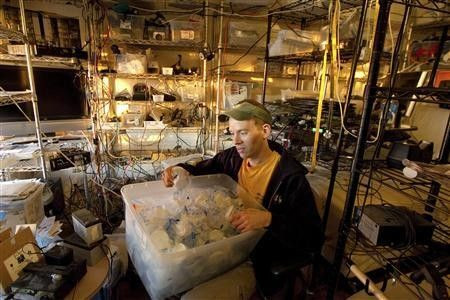Half Of World's Natural Specimens In The Museums Have Wrong Labels: Oxford

A part of the usefulness of the well-curated natural history specimens collected and maintained in a museum depends on its description based on its correct species identification. If the label mentioned on the specimen is not correct, a person could end up studying the wrong one for the whole time.
The chances are that you might end up correlating a specimen with an outdated species name. An investigating team of researchers at the Oxford University and the Royal Botanic Garden Edinburgh has found that as many as 50 percent of the natural specimens maintained at the museums around the world could be misidentified and mislabeled.
Sometimes it is difficult for even an experienced naturalist to correctly identify the genus of a small species of insect or differentiate one species of plant from another. When a specimen arrives at a museum, naturalists use existing records to identify a name for it. Sometimes, they end up assigning a wrong name, creating trouble for biologists.
In a study published in the journal Current Biology, the researchers evaluated a total of 4500 specimens of African gingers collected from 40 herbaria across 21 countries. The team found that more than 55 percent of the specimens were associated with a wrong name.
The researchers say that a number of reasons could potentially contribute to the extensive errors across museums.
First, major taxonomic revisions are needed, but they rarely take place. In addition, not enough time is spent in writing monographs.
Second, the number of specimens in the world is increasing at an alarming pace for research to keep up with.
Third, researchers just cannot review and revise the names of all the members of a species maintained at museums and herbaria around the world.
© Copyright IBTimes 2024. All rights reserved.





















